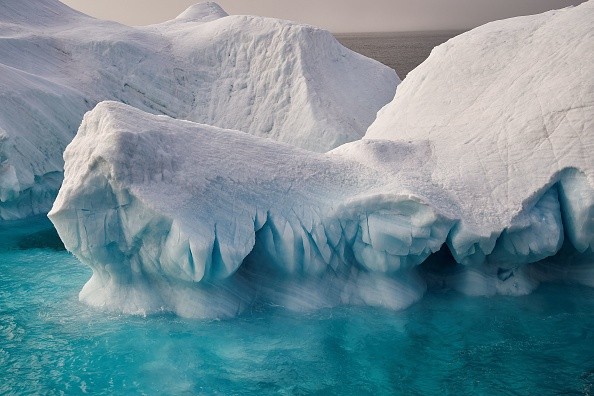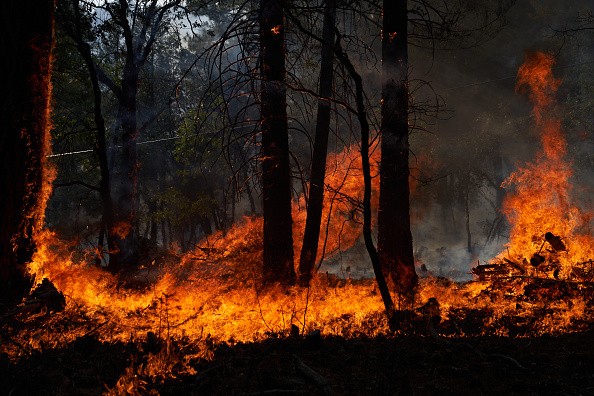
"Some say the world will end in fire," wrote Robert Frost more than 100 years ago.
In terms of Earth's climate, the link between fire and ice is not quite as Frost portrayed. This connection is more "give and take" in the case of research presented on December 16 at the 2021 AGU Fall Meeting in New Orleans.
Link Between Sea Ice and Wildfires
According to experts behind this new study, wildfires are becoming more frequent and intense in the western United States as a result of decreasing sea ice.
During the months of July to October when sea ice melts, the Sun warms the increasingly ice-free surrounding region. This eventually delivers heat and fire-friendly conditions to faraway places like California, Washington, and Oregon in the fall and early winter.
The researchers compare this association to climatic patterns like the El Nio-Southern Oscillation, which have been known for some time but whose underlying mechanism has recently been explained for the first time.
Hailong Wang, an Earth scientist at the Department of Energy's Pacific Northwest National Laboratory and coauthor of the new research, likened teleconnections like these to "the butterfly effect" since butterfly's flapping wings are considered to affect the genesis of a nearby tornado.
According to Wang, climatic circumstances in one region of the Earth may have a long-term effect on climate outcomes in other parts of the world.
The loss of sea ice in the Arctic has a direct effect on the climate in the West, which is hotter and drier later in the year, according to Phys.org.
On the 16th of December, Wang gave a virtual presentation of his results at an AGU news conference on wildfires in a changing environment.
What Happens When Arctic Sea Ice Melts?
Surface warming in an ice-free Arctic is the primary cause of changes in atmospheric circulation patterns, according to new research.
An increase in the intensity of the vortex over a location where temperatures are rising has been discovered by Wang and his co-authors. Differences in air pressure cause this cyclonic vortex to form and spin counterclockwise.
Moisture-laden air is diverted away from the western U.S. by the massive vortex's persistent disruption of the polar jet stream.
An anticlockwise rotating vortex emerges over the western United States when the weaker jet stream is deviated from its normal path. As with the first vortex, this one delivers bright sky, dry conditions, and other factors conducive to the spread of wildfires in the region.
In an already fire-ravaged area, the Arctic's warming might accentuate the disparity between these two disparate systems.

Continuous Decline of Arctic Sea Ice
Arctic sea ice levels have been monitored over the last four decades to investigate the role it plays in creating fire-friendly climatic conditions.
The National Energy Research Scientific Computing Center, a DOE Office of Science user resource at Lawrence Berkeley National Laboratory, was used to mimic the process at play.
Since the late 1970s, the amount of Arctic sea ice has been steadily decreasing. More than a 13 percent drop in sea ice cover has occurred each decade since 1980, according to the National Oceanic and Atmospheric Administration (NOAA).
The Arctic sea ice is expected to continue shrinking, resulting in Arctic seas that are ice-free by the year 2050. Even the year-round thicker, older ice is becoming thinner and more unstable.
Related Article : Did you Know? Arctic Sea MIGHT Already be Ice-Free by 2024
For more news, updates about Arctic sea ice and similar topics don't forget to follow Nature World News!
© 2025 NatureWorldNews.com All rights reserved. Do not reproduce without permission.





